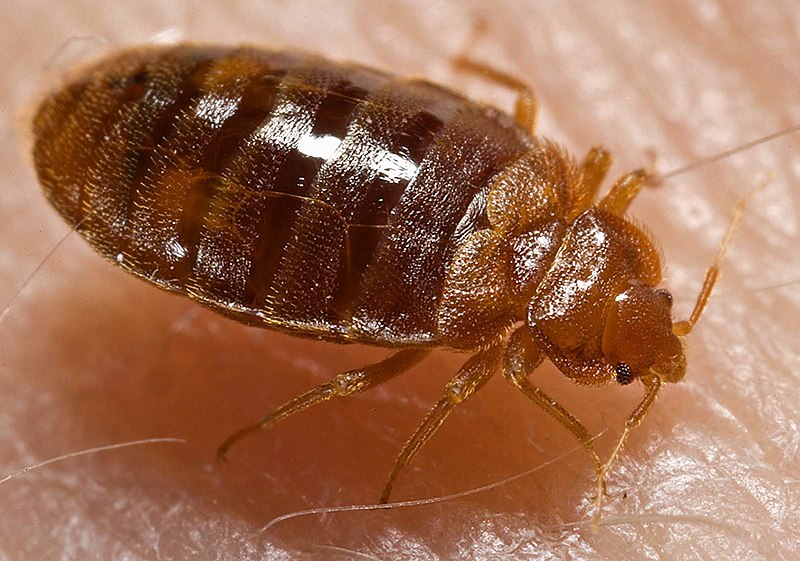Delwedd:Bed bug, Cimex lectularius.jpg
Gwedd

Maint y rhagolwg: 800 × 561 picsel. Eglurdebau eraill: 320 × 224 picsel | 640 × 449 picsel | 1,024 × 718 picsel | 1,280 × 898 picsel | 1,600 × 1,122 picsel.
Maint llawn ((1,600 × 1,122 picsel, maint y ffeil: 161 KB, ffurf MIME: image/jpeg))
Hanes y ffeil
Cliciwch ar ddyddiad / amser i weld y ffeil fel ag yr oedd bryd hynny.
| Dyddiad / Amser | Bawdlun | Hyd a lled | Defnyddiwr | Sylw | |
|---|---|---|---|---|---|
| cyfredol | 14:11, 17 Mai 2007 |  | 1,600 × 1,122 (161 KB) | Patho | == Summary == {{Information |Description=ID#: 9822 Description: This 2006 photograph depicted an oblique-dorsal view of a '''bed bug nymph, Cimex lectularius''', as it was in the process of ingesting a blood meal from the arm of a “voluntary” human h |
Cysylltiadau'r ffeil
Nid oes tudalennau'n defnyddio'r ffeil hon.
Defnydd cydwici y ffeil
Mae'r wicis eraill hyn yn defnyddio'r ffeil hon:
- Y defnydd ar af.wikipedia.org
- Y defnydd ar an.wikipedia.org
- Y defnydd ar ar.wikipedia.org
- Y defnydd ar arz.wikipedia.org
- Y defnydd ar ast.wikipedia.org
- Y defnydd ar as.wikipedia.org
- Y defnydd ar azb.wikipedia.org
- Y defnydd ar be.wikipedia.org
- Y defnydd ar bg.wikipedia.org
- Y defnydd ar bjn.wikipedia.org
- Y defnydd ar bn.wikipedia.org
- Y defnydd ar bs.wikipedia.org
- Y defnydd ar ca.wikipedia.org
- Y defnydd ar ca.wikiquote.org
- Y defnydd ar ca.wiktionary.org
- Y defnydd ar ceb.wikipedia.org
- Y defnydd ar cs.wikipedia.org
- Y defnydd ar cv.wikipedia.org
- Y defnydd ar dag.wikipedia.org
- Y defnydd ar de.wikibooks.org
- Y defnydd ar din.wikipedia.org
- Y defnydd ar el.wikipedia.org
- Y defnydd ar eml.wikipedia.org
- Y defnydd ar en.wikipedia.org
- Y defnydd ar en.wikinews.org
- Y defnydd ar en.wiktionary.org
Gweld rhagor o'r defnydd cydwici o'r ffeil hon.

